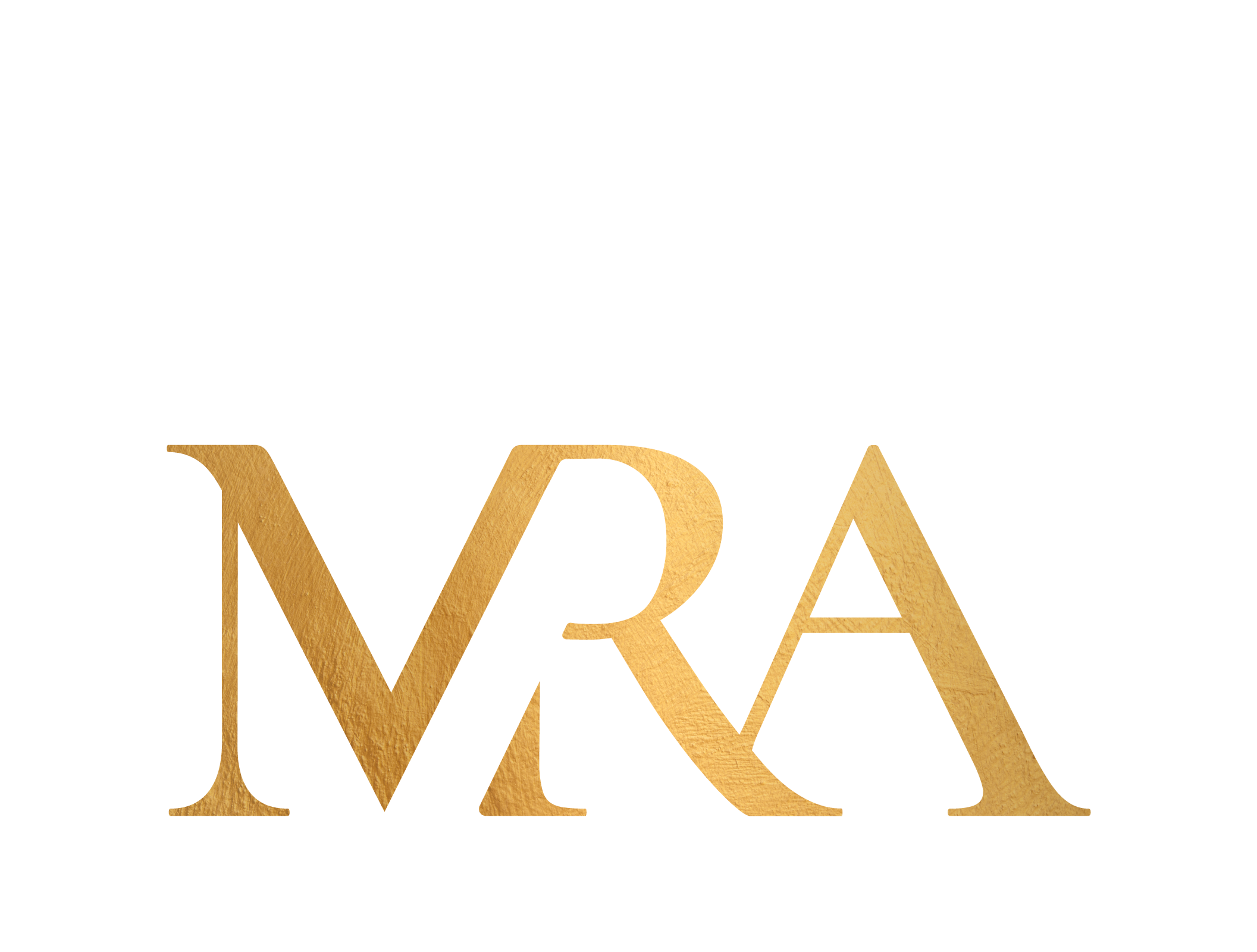Navigating financial difficulties can be challenging, and knowing the right solution is crucial for anyone facing such challenges in Toronto. Two common options are consumer proposals and bankruptcy. Each has its unique processes, benefits, and implications. Understanding the key differences between a consumer proposal and bankruptcy in Toronto can help individuals make informed decisions about their financial future.
Consumer Proposal
A consumer proposal is a formal agreement negotiated with your creditors through a licensed insolvency trustee (LIT). It allows you to repay a portion of your debt over a period of up to five years. The amount you repay is often less than the total debt owed, making it an attractive option for many.

Benefits of a Consumer Proposal:
- Debt Reduction: One of the main benefits is the reduction of the total debt amount. Creditors agree to accept a portion of the debt, making it more manageable.
- Asset Protection: Unlike bankruptcy, a consumer proposal allows you to keep your assets, including your home and car, as long as you continue making payments.
- Credit Rating: While a consumer proposal will impact your credit rating, the impact is generally less severe than bankruptcy. It remains on your credit report for three years after completion, compared to six or seven years for bankruptcy.
- No Surplus Income Payments: In bankruptcy, if your income exceeds a certain threshold, you must make additional payments. This is not the case with a consumer proposal.
Bankruptcy
Bankruptcy is a legal process that provides relief from debt by eliminating most or all of your debts. It is also administered by a licensed insolvency trustee. Bankruptcy should be considered a last resort due to its significant impact on credit and potential loss of assets.
Benefits of Bankruptcy:
- Debt Discharge: The most significant benefit of bankruptcy is the discharge of most unsecured debts, giving individuals a fresh financial start.
- Immediate Relief: Bankruptcy provides immediate relief from creditor actions such as wage garnishments, collection calls, and lawsuits.
- Shorter Duration: A first-time bankruptcy can be discharged in as little as nine months, assuming all conditions are met and there are no surplus income obligations.
Key Differences
- Impact on Assets: In a consumer proposal, you retain your assets. In bankruptcy, you may have to surrender some assets to the trustee.
- Credit Impact: Bankruptcy has a more severe and long-lasting impact on your credit report compared to a consumer proposal.

- Cost and Payments: Bankruptcy might require surplus income payments based on your earnings, while a consumer proposal has fixed payments agreed upon at the outset.
- Eligibility: Consumer proposals are available for debts up to $250,000 (excluding a mortgage on your principal residence), whereas there is no such limit in bankruptcy.
Conclusion
Choosing between a consumer proposal and bankruptcy in Toronto depends on individual circumstances. A consumer proposal can be a viable option for those looking to reduce debt while retaining assets and minimizing credit impact. Bankruptcy, on the other hand, offers a quicker discharge of debt but with more significant consequences. Consulting with a licensed insolvency trustee is essential to evaluate your situation and decide the best course of action. By understanding the key differences and benefits, individuals can take the necessary steps to regain control of their financial health.


